Tropical forests are widely celebrated for their biodiversity and increasingly recognized for their carbon sequestration potential. But what’s less often acknowledged is halting logging entirely will make climate change worse, as wood is one of the most sustainable building materials.
So how can conservationists help nations meet the demand for wood products and protect forests, while minimizing both biodiversity loss and carbon emissions?
New research from Nature Conservancy scientists indicates that low-intensity selective logging can offer either the best or worst conservation outcomes while maintaining wood production, depending on both land tenure security and the use of certified reduced-impact logging methods.
A World Without Logging Doesn’t Exist
The “plight of the rainforest” is an archetypal conservation story: a beautiful place at risk, evil loggers out to destroy it, and the face of charismatic wildlife hangs in the balance. But like most stories, the reality is far more complex.
Clearing forests for conversion to wood fiber plantations is among the leading causes of tropical deforestation in Southeast Asia, and harvesting wood from forests (selective logging) is the leading cause of tropical forest degradation. Together, forest degradation and deforestation create greenhouse gas emissions equivalent to the entire global transportation sector.
But a world without logging is a fantasy — one we don’t want to achieve. “Wood has one of the lowest carbon footprints of any building material,” says Bronson Griscom, director of forest carbon science at The Nature Conservancy and author on the research. “And yet logging still generates significant carbon emissions, and other environmental impacts, unless best practices are used.”
Tropical nations will continue using their forests, so the key is making sure they do so in the most efficient way possible, minimizing losses for biodiversity and carbon. But that’s easier said than done.
Two main options emerge: promote sustainable logging across all (or most of) the forest, or intensify wood production by logging at higher intensities or clearing small parts of the forest for plantations, sparing the rest of the forest from harvest. Funded by the Science for Nature & People Partnership (SNAPP), researchers from The Nature Conservancy and other institutions are trying to figure out which of these two options minimizes carbon emissions and best protects biodiversity.
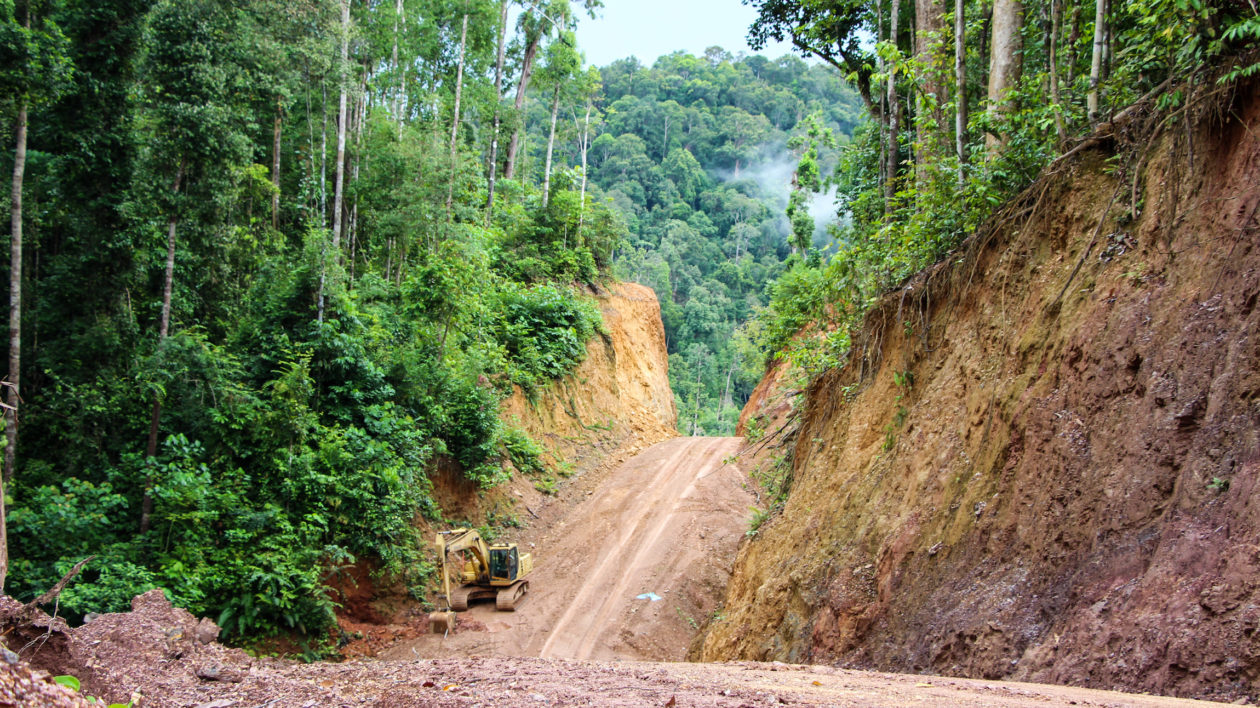
To simulate different harvest intensities on a global scale, Griscom and his colleagues modeled biodiversity and carbon outcomes across different logging intensities in a hypothetical forest.
“We created a computer simulation of a 30,000-hectare tropical forest, and then we did different things to it,” explains Zuzana Burivalova, a tropical forest ecologist and post-doc at Princeton University. “In one scenario we would remove a few trees from all parts of the forest — doing low-intensity selective logging — and then watch what happens as the forest starts re-growing, as trees age, and as biodiversity returns,” she says.
The team set annual timber yields at 10,000 cubic meters a year and then ran scenarios for low, medium, and high-intensity selective logging, and a fourth option where selective logging is followed by conversion of a smaller patch of forest to a timber plantation. They used figures from the global literature to model both carbon fluxes and animal and plant species richness with each scenario.
Finally, the team also modeled how those outcomes were affected by the implementation of reduced-impact logging practices (RIL) and land tenure security. In tropical forests, a common form of tenure security is in the form of logging concessions, long-term leases that logging companies purchase from the government. And as it turns out, tenure status has significant implications for management.
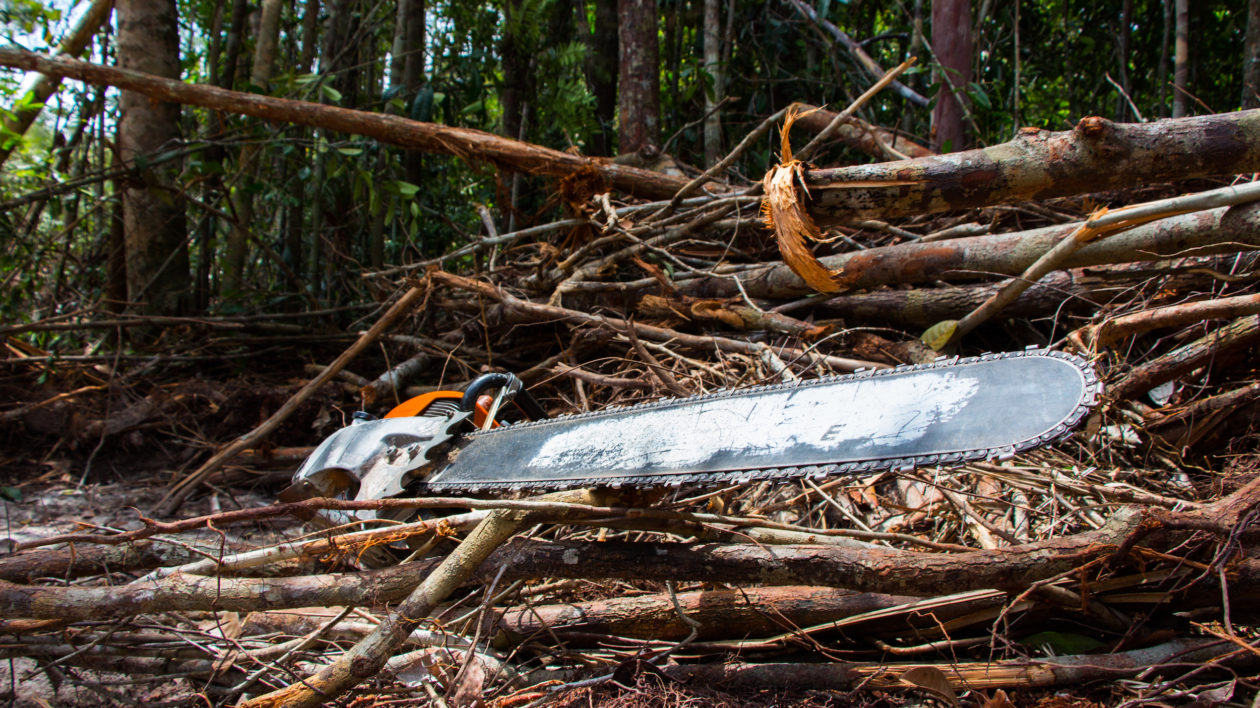
Tenure Security As a Force Against Deforestation
Burivalova, Griscom, and their colleagues found that low-intensity selective logging offers either the best or worst conservation outcomes, depending upon whether tenure is secure and RIL practices are implemented. Their results were published recently in Conservation Letters.
While that result may seem contradictory, Burivalova explains that it comes down to tenure security. There is no such thing as zero deforestation; people will always clear small amounts of land in tropical forests. “This could be for agriculture, small-scale mining, or grazing animals,” says Burivalova. “And sometimes, when the land tenure is not clear, people clear forest simply to claim the land.”
It’s a long-held belief — with justification in places where illegal logging is rampant — that this background-level deforestation increases after loggers build roads into the forest to access the largest trees. More roads allow greater access to the interior of the forest that would otherwise remain impenetrable.
Low-intensity logging results in more road construction than high intensity, because loggers need to access more forest area to harvest the same amount of wood. So where low-intensity logging occurs on land without secure tenure, we can expect that greater road area translates to increased deforestation.
But several recent studies reveal that a second, overlooked factor can counter that effect. “Legal logging companies go through the trouble to purchase a concession for parts of the forest,” says Griscom, “and the long-term success of their business model depends upon regenerating the trees they harvest, keeping forests as forests.”
In cases where tenure is secure — and particularly where certified by the Forest Stewardship Council — there is evidence that a company’s presence can actually act as a force against deforestation, by restricting access with check-posts or actively patrolling and ejecting illegal loggers. “Then a road can be a positive thing, allowing the steward to safeguard the forest,” says Griscom.
When the researchers incorporated this scenario into the model — one where loggers resist deforestation as part of using certified best logging practices — their results showed that low-intensity logging actually offers the best outcomes for biodiversity and carbon.
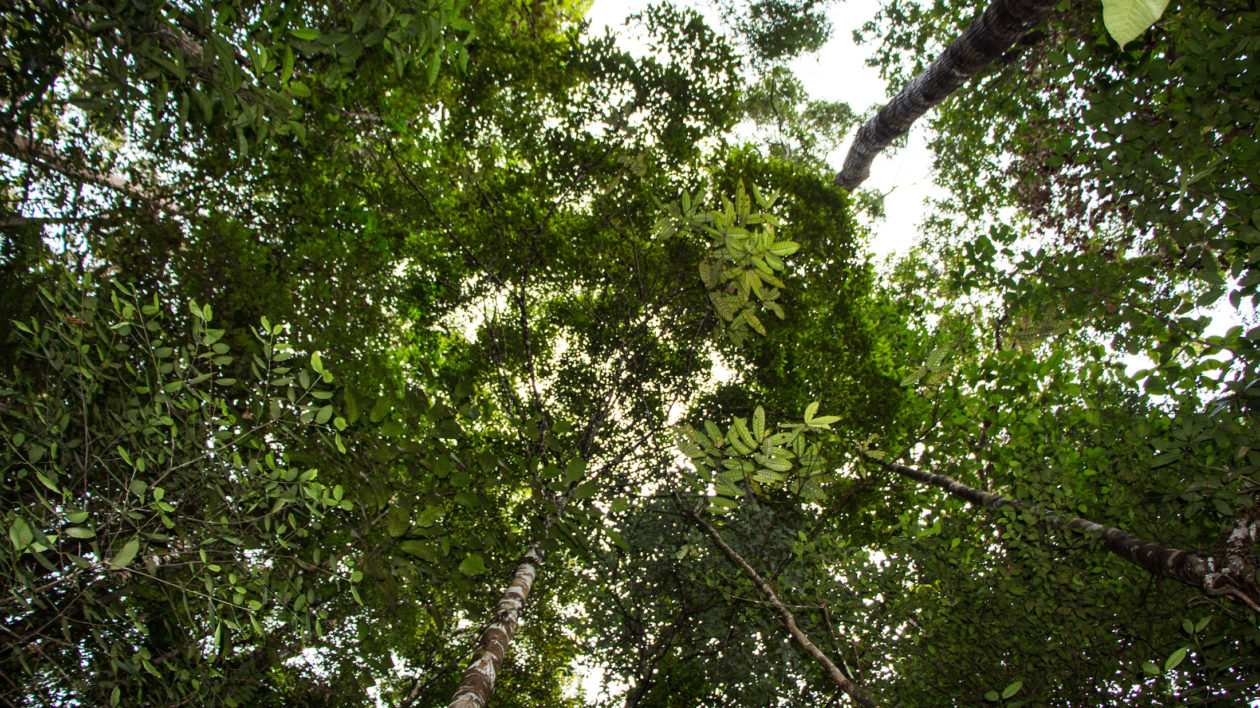
From a Hypothetical Forest to Indonesian Borneo
The results from this first study model a hypothetical, average tropical forest, but conservationists will be better served by more specific results for different geographies. “It will be easy to give our model more location-specific parameters,” says Burivalova, “and then the outcomes will be more valuable.” As part of SNAPP’s Forest Sharing vs Sparing working group, Griscom, Burivalova and a team of other scientists are working on a large-scale land planning analysis for the Indonesian province of East Kalimantan.
Using data specific to Berau — including three-dimensional images of forests generated from airplane-mounted lasers and biodiversity data gathered with acoustic recorders — they plan on doing a similar scenario analysis to see if the same results hold true in Borneo.
If low-intensity selective logging (using certified best practices) is still the best outcome for that geography, it could have significant implications for how conservation organizations like The Nature Conservancy work on the ground. Many parcels of forest in East Kalimantan are already zoned for low-intensity selective logging, with permits granted to logging companies.
Rezoning land to a different type of land— to expand both protection and intensification in a coordinated way — takes a tremendous amount of time and resources. But these results hint that conservation organizations could instead invest in helping secure or clarify existing concession-based land tenure in some areas, as long as traditional rights of indigenous and local communities are fully respected. Conservation organizations can also help train companies and communities that manage forest concessions to better implement RIL practices.
Burivalova points out that this option comes with added benefits. Logging concessions are often at risk of being converted wholesale to other forms of land use, like oil palm plantations or mines. “Promoting RIL, FSC certification, or other forms of responsible management helps build attachment to the forest,” says Burivalova, “making it less likely to be given up to other industries that are way more detrimental to carbon and biodiversity than any type of logging.”
Despite the complexities of land-use planning, Griscom and Burivalova’s results show that working with logging companies to improve practices is a highly compelling conservation option. “We don’t have to approach them as the enemy,” says Griscom. “We can approach them as the potential best option.”
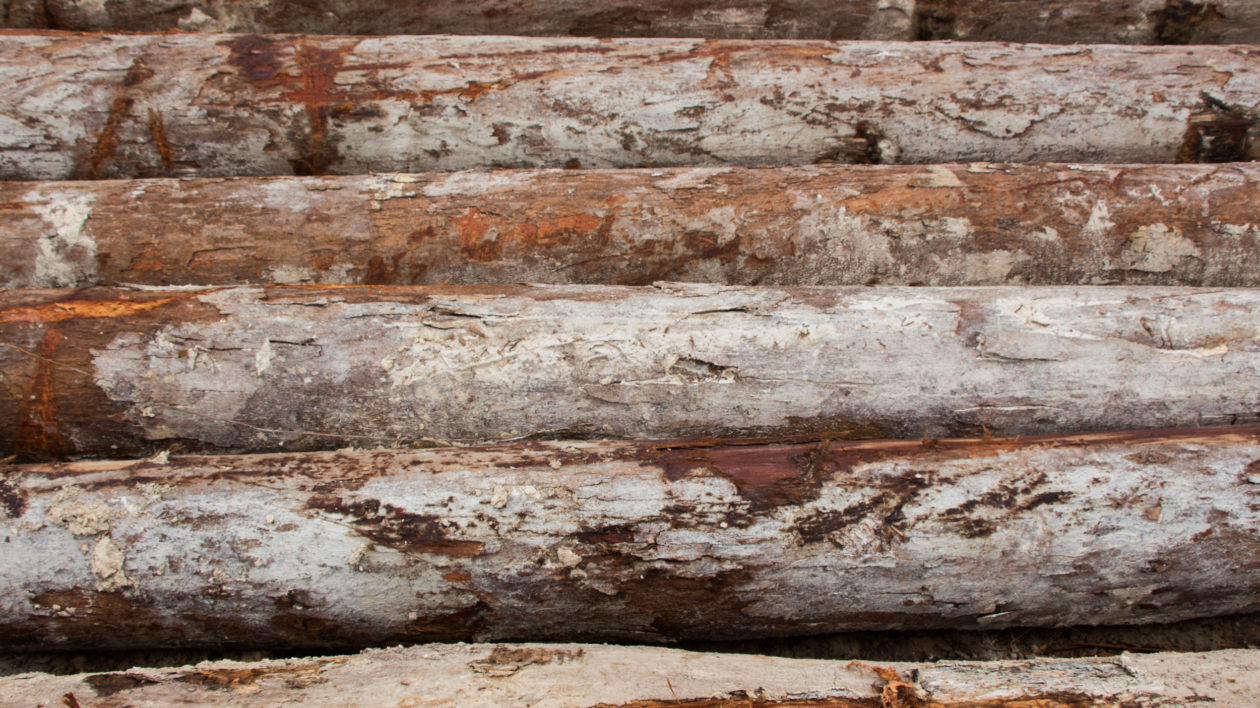
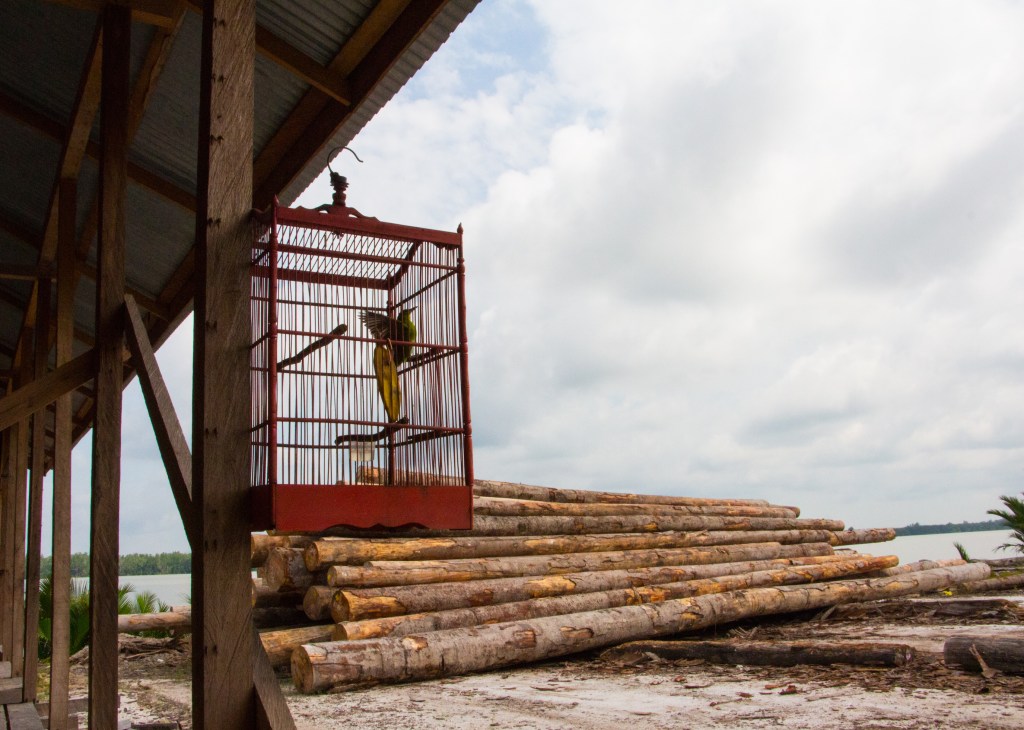



Join the Discussion